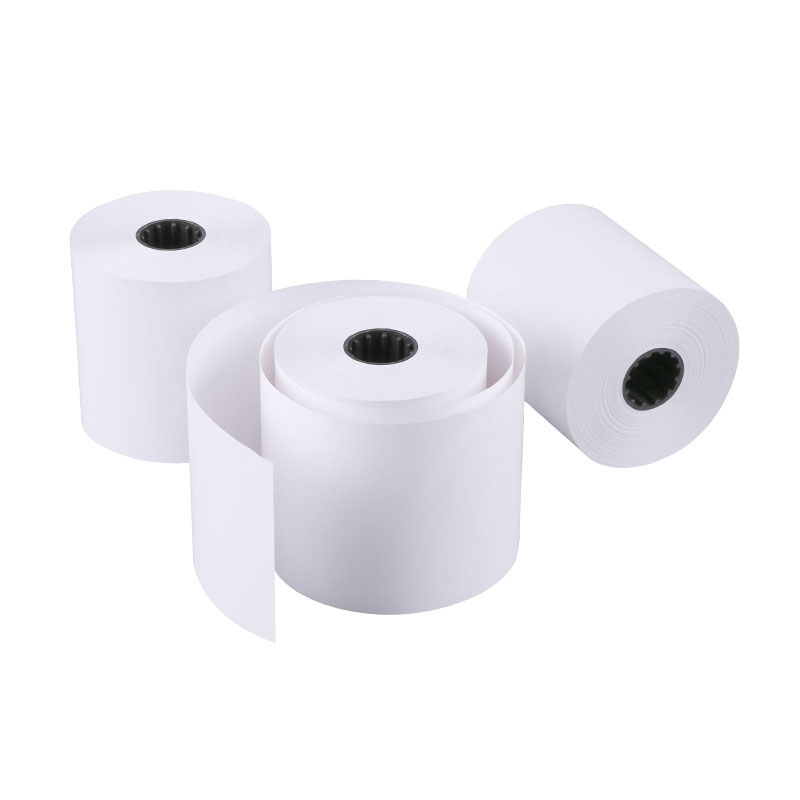
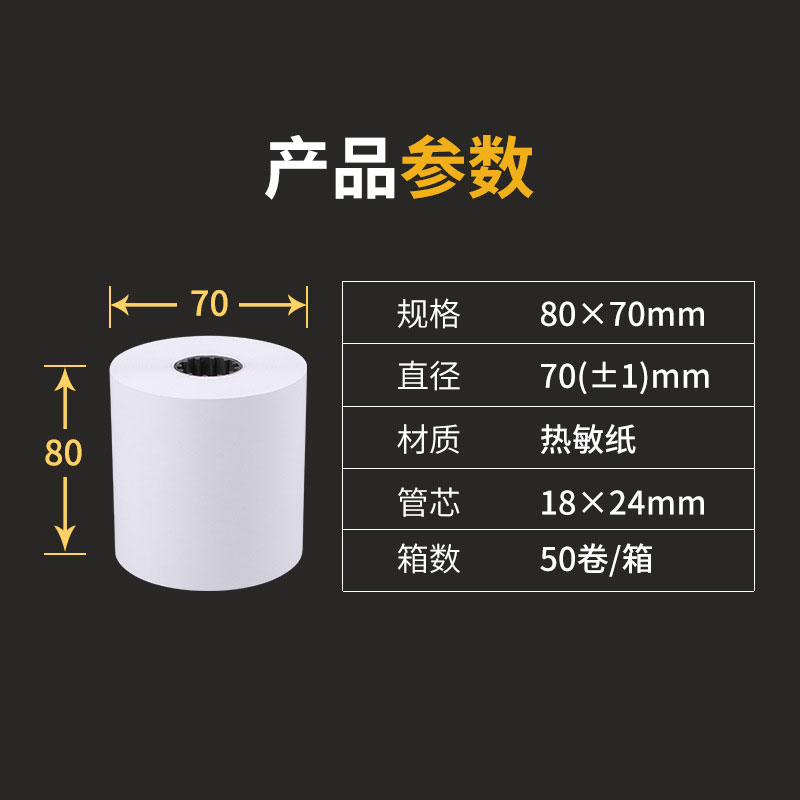
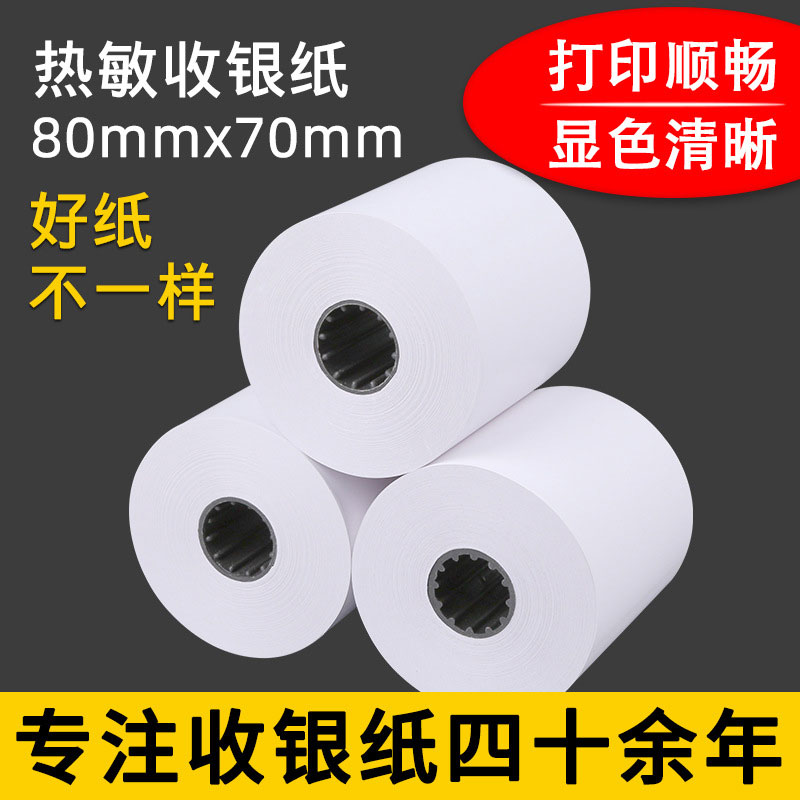
Product Overview:
Here is a comprehensive guide on how to choose thermal paper, written in English, with clear categories to help you make an informed decision. Thermal paper is a special, chemically coated paper that produces images through a chemical reaction when exposed to heat. It's commonly used in receipts, labels, tickets, and fax machines. Choosing the correct type is crucial for print quality, durability, and cost-effectiveness.
Grammage: 50Grams per square meter
Material: Origin
Color: White
Here is a comprehensive guide on how to choose thermal paper, written in English, with clear categories to help you make an informed decision.
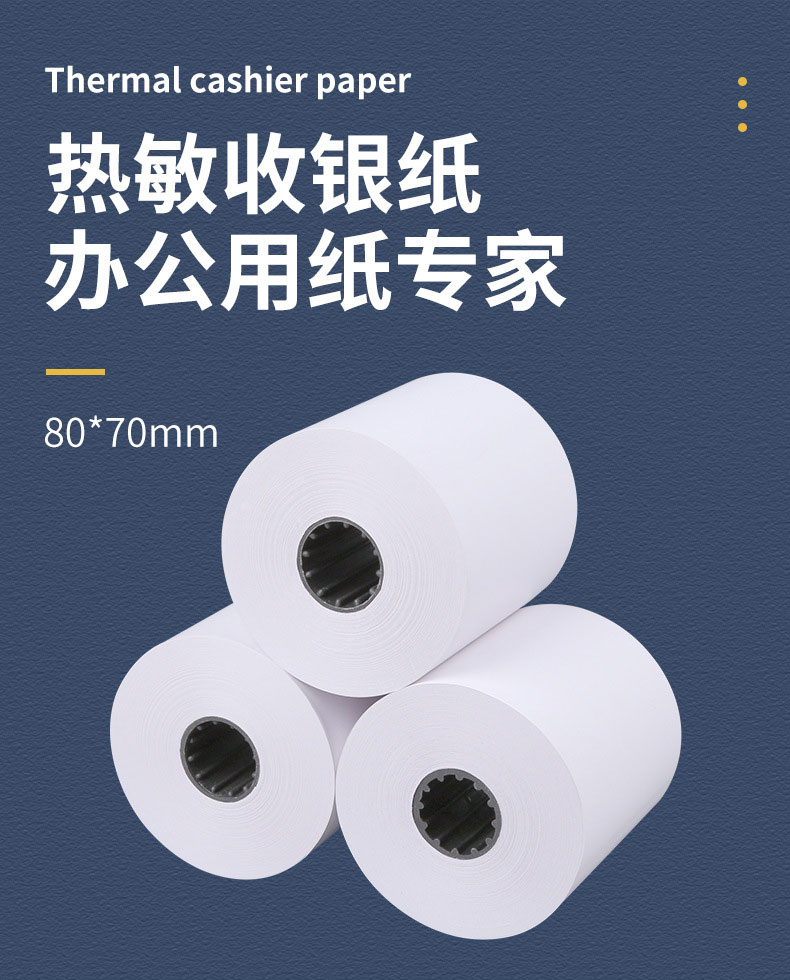
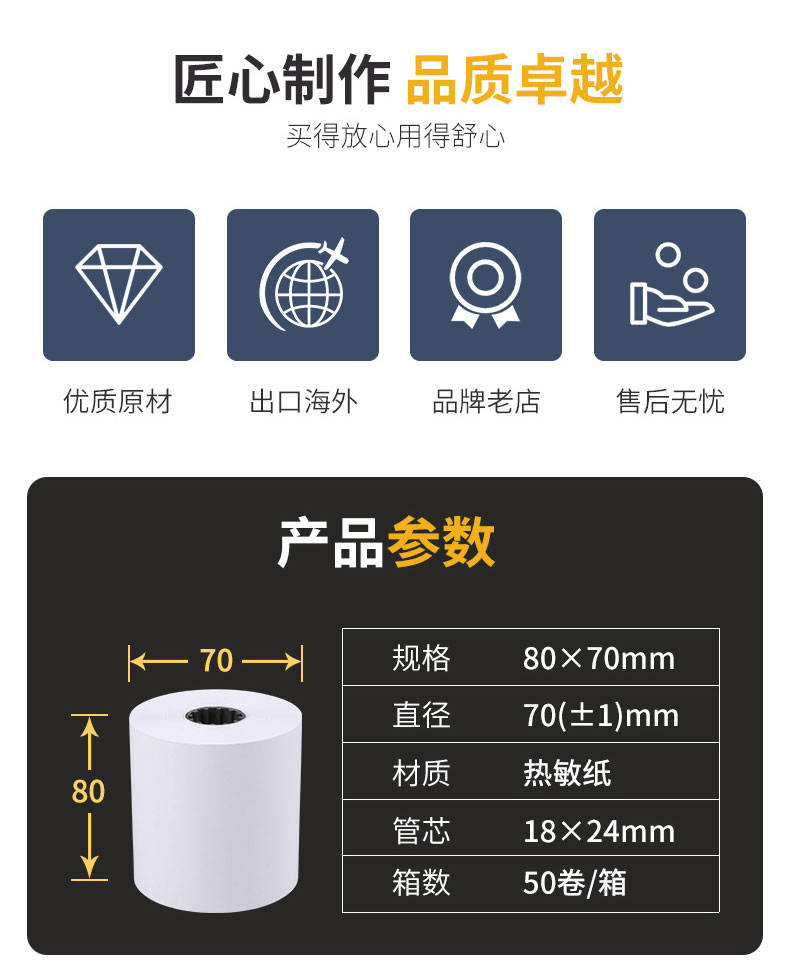
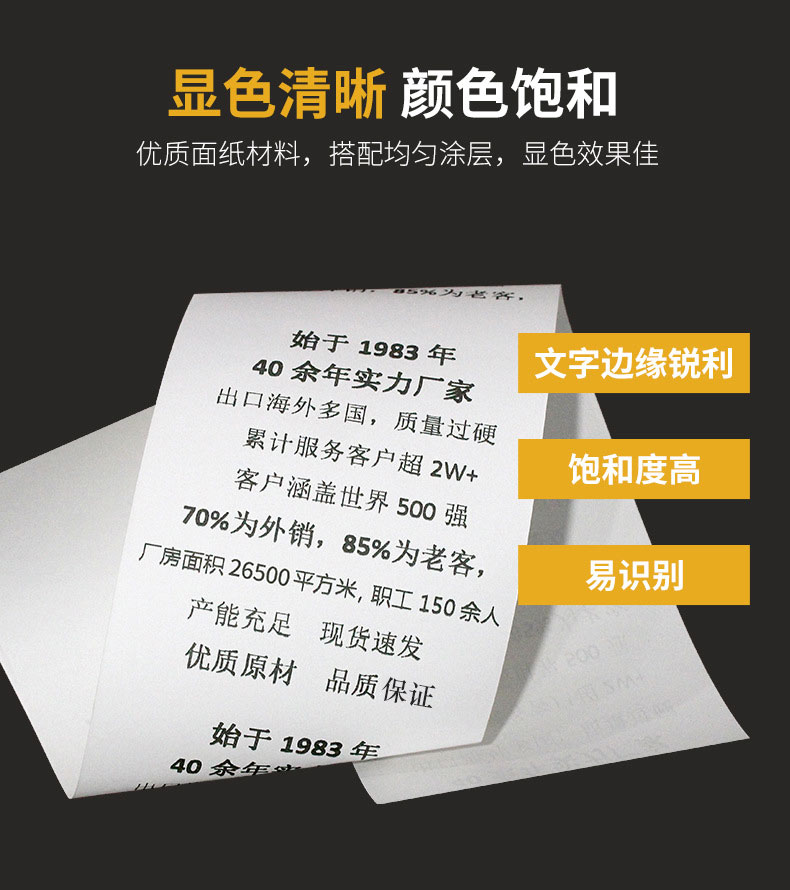
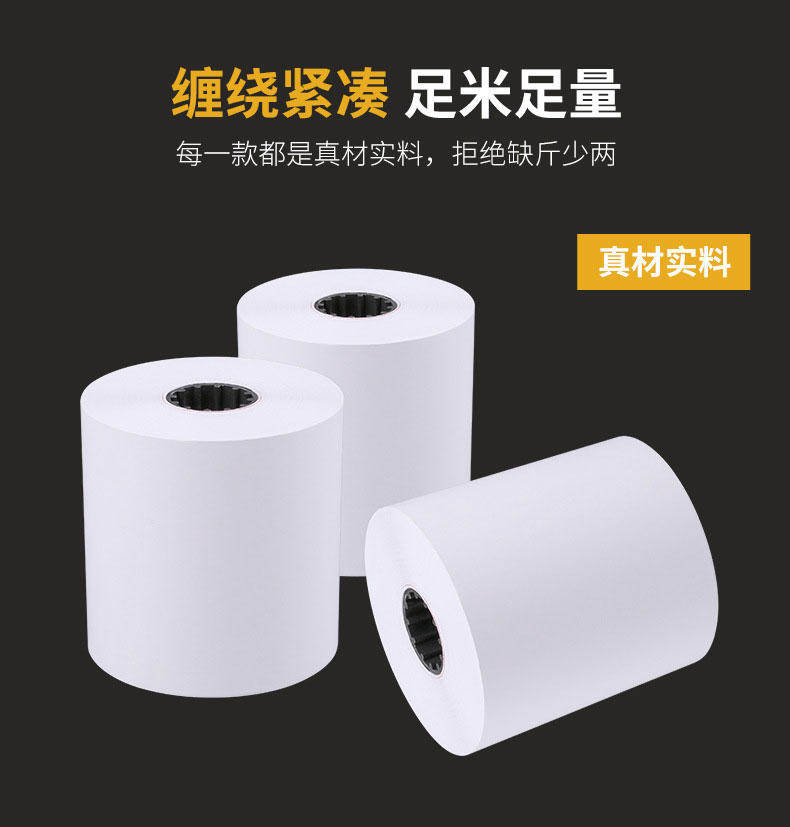
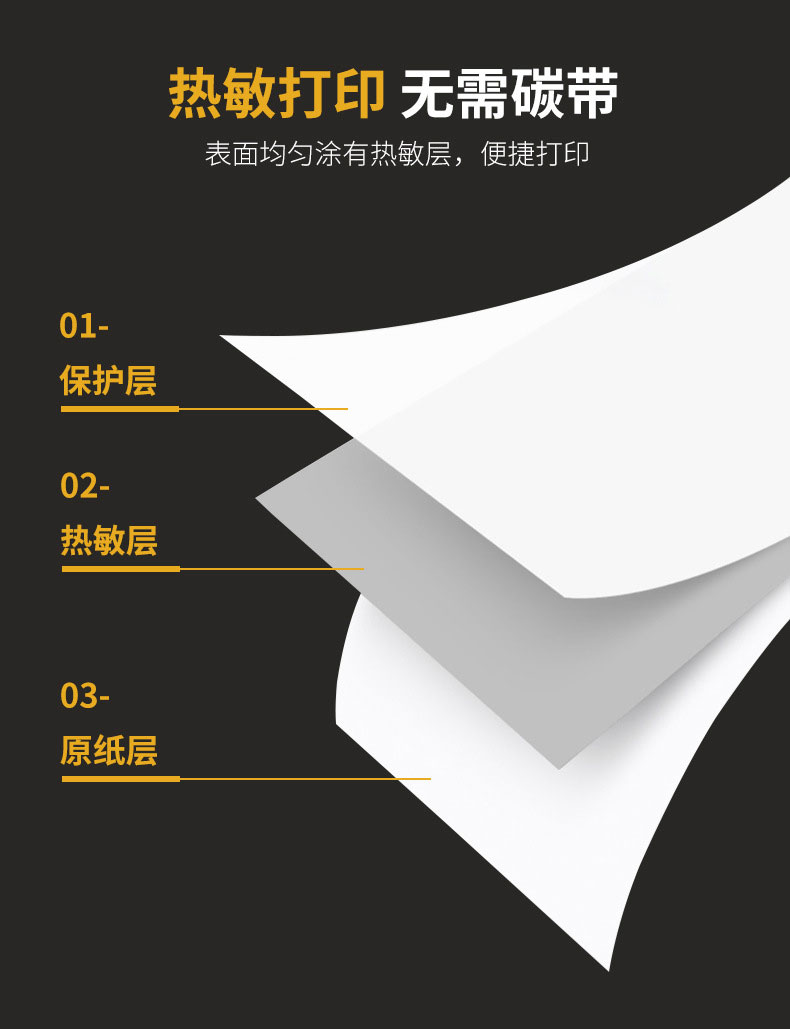
How to Choose the Right Thermal Paper: A Complete Guide
Thermal paper is a special, chemically coated paper that produces images through a chemical reaction when exposed to heat. It's commonly used in receipts, labels, tickets, and fax machines. Choosing the correct type is crucial for print quality, durability, and cost-effectiveness.
By Application & Use Case (Most Important Factor)
The primary use of the paper determines its required features.
Point-of-Sale (POS) Receipts (Standard Use):
Recommended: Standard or premium BPA-free paper.
Why: Good for short-term receipts. If you handle food or have high customer contact, BPA-free is highly recommended for health and safety.
Shipping Labels & Logistics:
Recommended: Top-coated or synthetic paper.
Why: Labels need to be durable. A top coat protects the print from smudging, moisture, friction, and UV light during shipping.
Long-Term Documentation (Tickets, Medical Charts, Lab Reports):
Recommended: High-stability (archival-grade) thermal paper.
Why: This paper is designed to resist fading from heat, light, and environmental exposure for many years (10+ years).
Outdoor or Harsh Environments:
Recommended: Synthetic Thermal Paper (Polyester or Polypropylene).
Why: It is completely waterproof, oil-proof, tear-resistant, and very durable, ideal for outdoor labels, cold storage, or industrial applications.
By Paper Coating & Durability
The coating determines the paper's lifespan and resistance to elements.
Standard Coating (Direct Thermal):
Pros: Lowest cost, suitable for most receipts.
Cons: Image can fade within weeks or months if exposed to heat, light, plasticizers (from PVC bags), oils, or chemicals.
Top-Coated / Protective Coating:
Pros: Much more resistant to fading, scratching, water, and grease. Essential for anything that needs to last more than a few months.
Cons: More expensive than standard paper.
BPA-Free & BPS-Free:
Why it matters: Bisphenol-A (BPA) and Bisphenol-S (BPS) are common developers in thermal coatings but are potential health and environmental concerns. Many regions are regulating their use. Choosing BPA/BPS-free paper is safer for your customers and staff.
By Paper Specifications
These technical specs must match your printer's requirements.
Paper Width and Diameter:
Width (e.g., 57mm, 80mm): Must exactly match your printer's roll width specification.
Outer Diameter (O.D.) and Core Size (e.g., 1.5", 1/2"): Must fit physically within your printer's paper compartment.
Paper Thickness (Caliper):
Measured in microns (µm) or mils.
Standard: Around 58-62 µm. Good for most receipts.
Thick: 70-80 µm or more. Provides a more premium feel and is less likely to curl or jam in high-speed printers.
Paper Brightness and Color:
Brightness: Higher brightness (e.g., 90+ GE) provides better contrast and a cleaner, more professional look.
Color: While white is standard, you can find cream, yellow, or pink paper for specific applications.
Quick Selection Checklist
1. Identify Your Use Case: Is it for a short-term receipt, a shipping label, or a long-term record?
2. Check Printer Compatibility: What are the exact width, diameter, and core size your printer requires?
3. Determine Required Durability:
Short-term receipt: Standard or BPA-Free paper.
Label/Durable receipt: Top-coated paper.
Long-term archive: High-stability paper.
Wet/Harsh environment: Synthetic paper.
4. Decide on Safety & Quality: Opt for BPA/BPS-Free paper whenever possible. Choose higher brightness and appropriate thickness for a better finish.
By following these steps, you can select the perfect thermal paper that ensures reliable performance, protects your information, and offers the best value for your specific needs